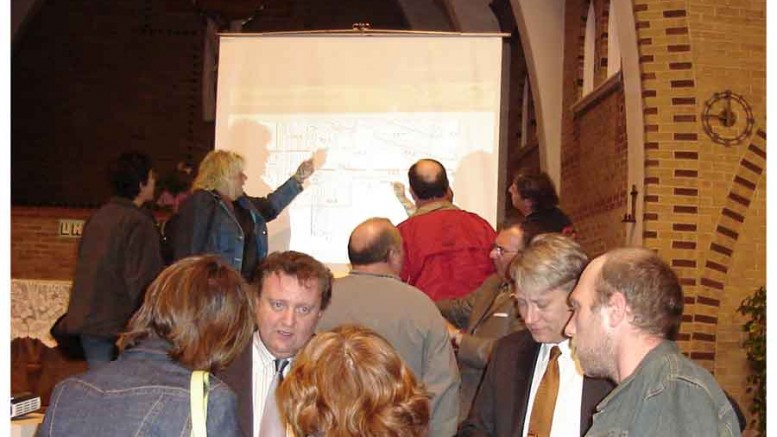It’s no secret that a successful community relations strategy can pay off for miners looking to forge and maintain good relationships with host communities. Miners’ efforts are much improved in this respect, but expectations have also risen. Identifying behaviours to succeed in community relations is critical.
Identifying new behaviours typically comes from assessing the most pressing challenges and focusing on the actions required to help surmount those challenges. It clarifies critical behaviours you need to reinforce, focus efforts on and set as high-priority goals.
Here are eight behaviours that pay to build into your strategy:
1. Identify your stakeholder groups. There are obvious groups, such as local officials you’ll need to engage, but also identify everyone you need to work with. Once you do this, it’s important to create a model to manage inevitable trade-offs — you won’t be able to afford everything you want. A stakeholder map and management model will help you manage competing interests when funding requests begin piling up.
2. Open communication channels. You cannot address the needs of the community if you are not aware of them. Don’t be afraid to let the community tell you what they want, and make it easy for them. Some of the most innovative companies in the world use different engagement platforms and crowd-sourcing as a way to capture ideas and creativity from their customers on how to expand and reform. It all comes down to that one golden rule: listen first.
3. Demonstrate a genuine commitment, and do what you say. When you follow-up on what you say, people are more likely to deliver the behaviours you want.
4. Avoid surprises in negotiations. If you want to ruin a good working relationship, surprising your partners at the negotiation table is a pretty good way to do it. Nobody likes a negative surprise — especially if it is going to mean a change in procedure. Putting pressure on people and making requests without giving them sufficient time to prepare is also disrespectful.
5. Ensure employees know what’s at stake. We all agree that community engagement is extremely important. So make sure you have employees on the ground who do what they say they are going to do, every single time. Your frontline employees are engagement orchestrators. Give them processes for capturing community insights and make sure they pay close attention to the community’s interests and needs. Perhaps most importantly, make sure they assume responsibility for ensuring that any problems raised are being addressed.
6. Involve high-level executives when appropriate. There are times when local officials will only deal with the top executive or a member of the executive team. You should respect their wishes if such hierarchies exist.
7. Don’t tell different stories to different stakeholders. If you do this, prepare to be pilloried. People talk and do their research, and today they have information at their fingertips. If you’re trying to build trust, you can’t set different expectations with shareholders and non-shareholder stakeholders at the same time. It won’t work.
8. Your relationships are of long-term importance, and you will be more successful if you build community interests and insights into your strategy. So if there is a defect, make sure you are getting to the root cause. Take the time and energy to get to know people, because until you develop a relationship with them, anxiety will stand in the way.
— Megan McIver is the president of Toronto-based Verona Communications. For more, please visit veronacommunicationsinc.com.


Be the first to comment on "Commentary: How to succeed at community relations"